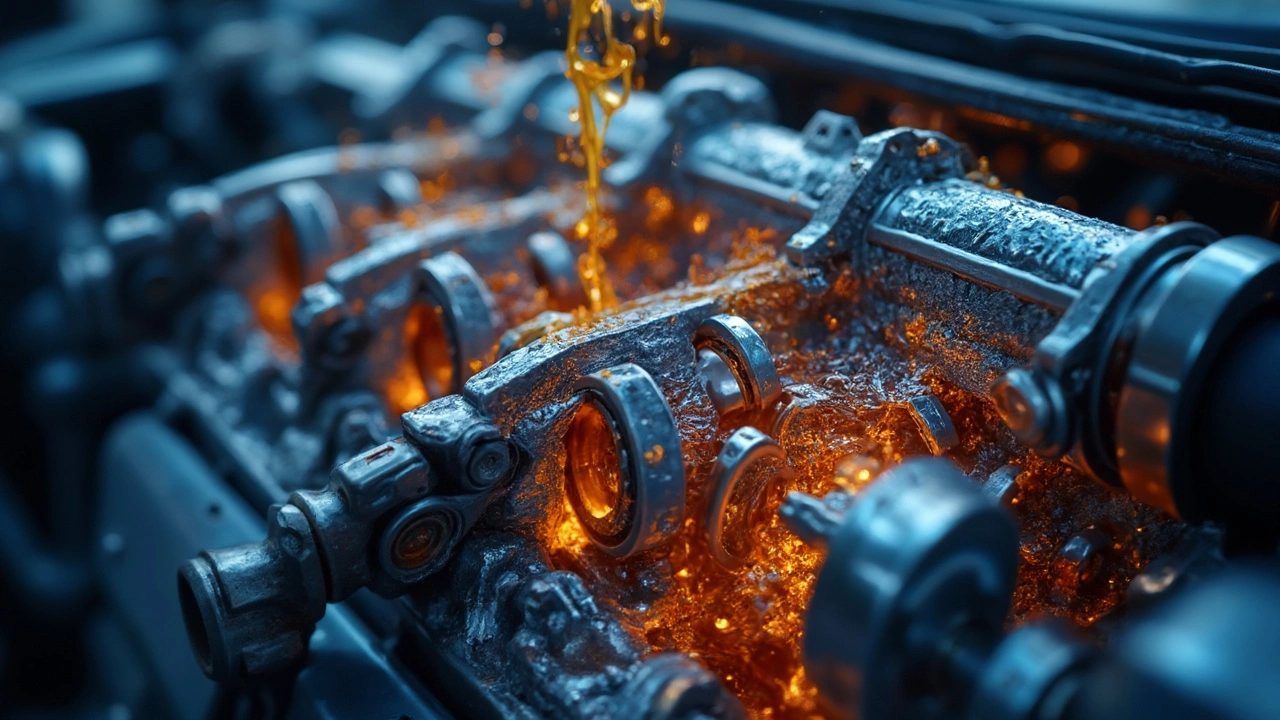Low Oil: What It Is and Why It Matters
When dealing with Low Oil, a condition where the engine’s oil level falls below the recommended minimum, leading to inadequate lubrication. Also known as low oil level, it can quickly damage critical engine components.
How Low Oil Relates to Engine Oil and Oil Changes
Every driver relies on engine oil, the fluid that creates a thin film between moving parts, reducing friction and heat to keep the motor running smoothly. When the oil quantity drops, the protective film thins, and the engine starts to grind. Regular oil change, the process of draining old oil and refilling with fresh fluid at manufacturer‑specified intervals is the primary defense against low‑oil situations. In fact, low oil often appears because a change was missed or done incorrectly, leaving an insufficient fill.
Low oil doesn’t just make the engine run hotter; it can lead to serious engine damage, wear or failure of bearings, pistons, and camshafts caused by insufficient lubrication. The semantic chain is clear: low oil level can cause engine damage, engine damage reduces vehicle reliability, and reliable vehicles need proper oil maintenance. Understanding this chain helps you spot problems before they ruin the motor.
How do you know you’re running low? The dipstick is the simplest tool—pull it out, wipe clean, re‑insert, and read the mark. Modern cars also flash a low‑oil warning light or display a message on the dashboard. Typical symptoms include a ticking sound from the engine, reduced power, or the dreaded “engine whining” noise when revving. If any of these appear, stop the car, let it cool, and check the oil level immediately.
Fixing a low‑oil issue is usually straightforward. First, add the correct grade of oil recommended in your owner’s manual. Then, inspect for leaks around the oil pan, filter, and gasket seals; a slow leak can drain oil over days or weeks. Finally, schedule a proper oil change if you haven’t done one recently, and consider using a high‑quality filter to keep contaminants out. Keeping the oil level within the “full‑max” range on the dipstick ensures the engine stays protected under all driving conditions.
Below you’ll find a curated collection of articles that dive deeper into each of these points. From understanding the dangers of skipping oil changes to learning how to diagnose an over‑filled engine, the posts cover practical advice, real‑world examples, and step‑by‑step guides. Use them to sharpen your knowledge, avoid costly repairs, and keep your vehicle humming reliably on the road.

Engine Oil Low: What Actually Happens When You Run Out
May 13 2025 / Engine OilRunning your engine low on oil can lead to way more trouble than most people realize. Without enough oil, moving parts inside your engine lose their main source of lubrication and cooling. This can cause fast wear, overheating, and eventually engine failure. Catching the signs of low oil early can save you a mountain of repair bills. Here’s how running low on oil actually wrecks your engine and what you can do about it.
VIEW MORE